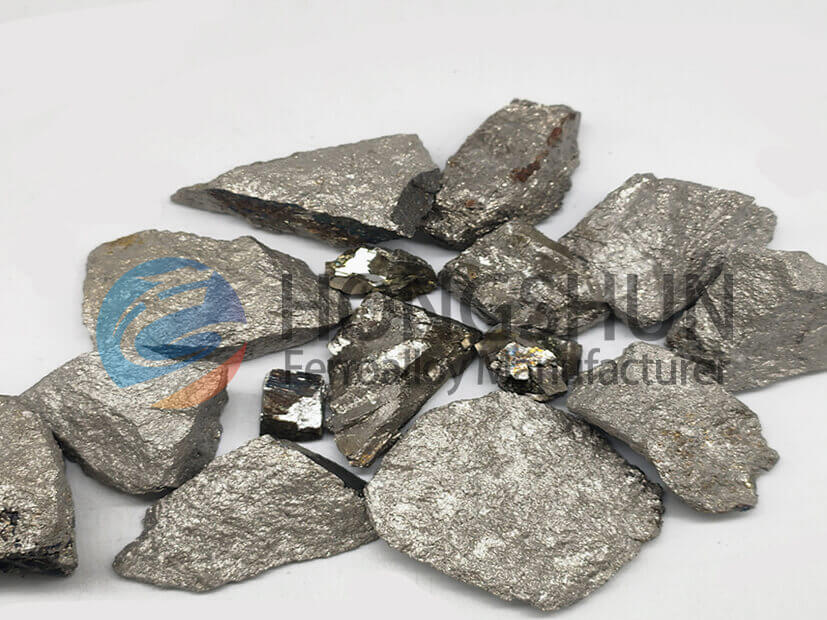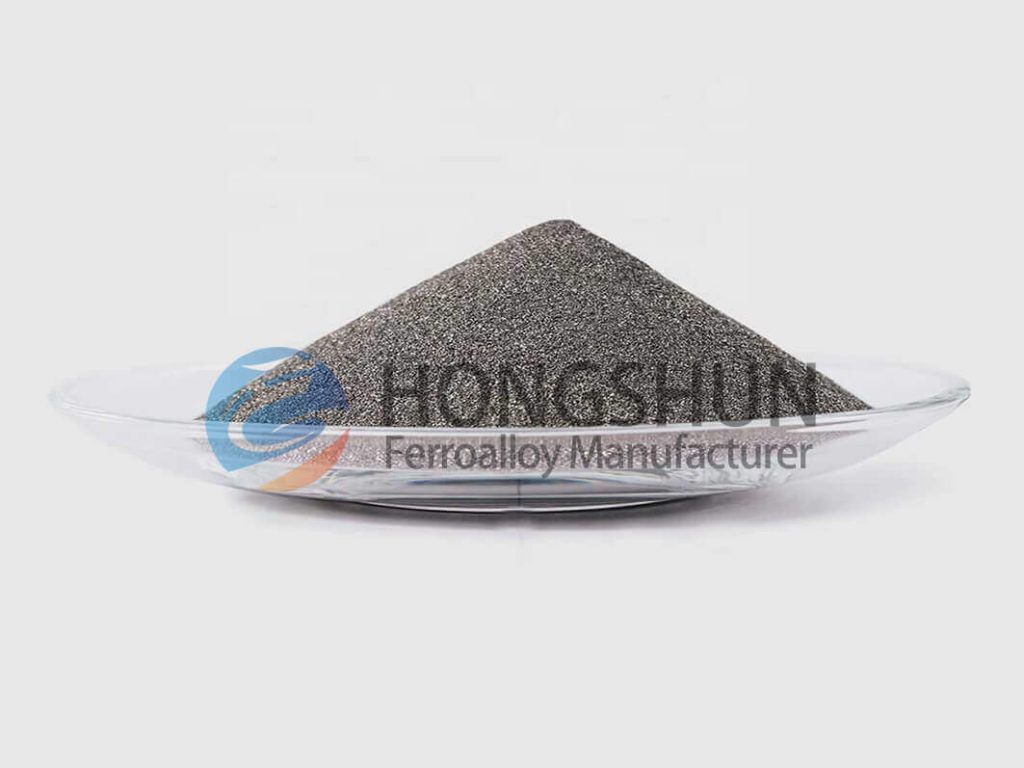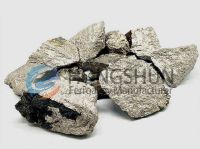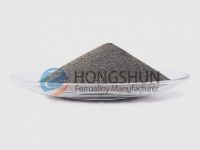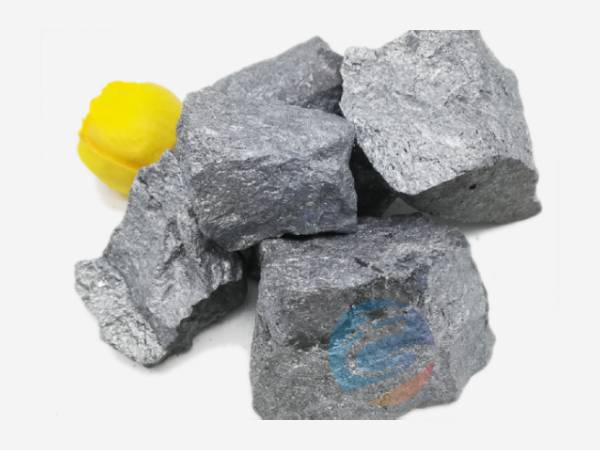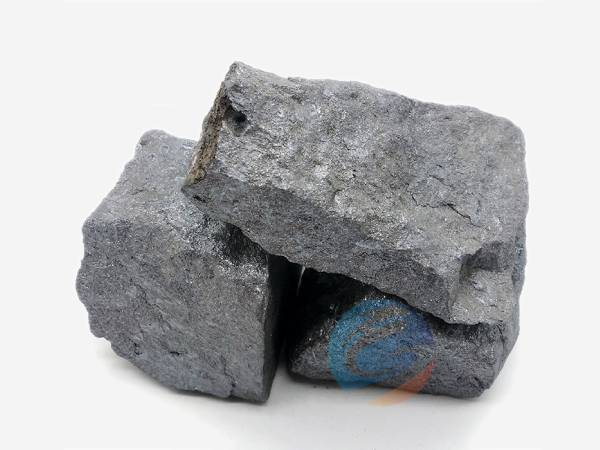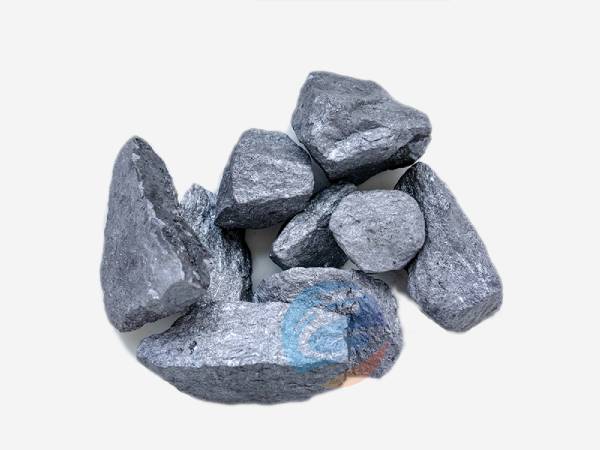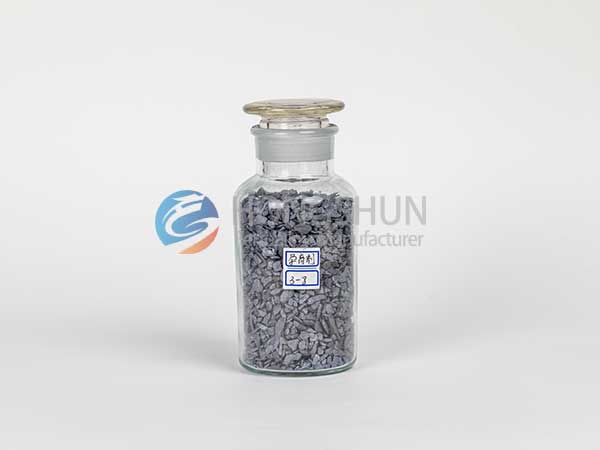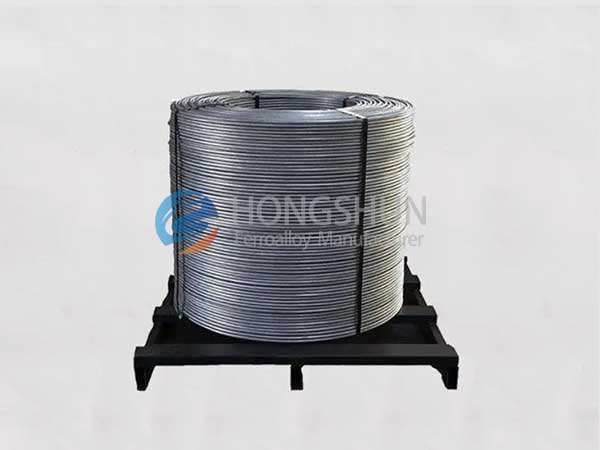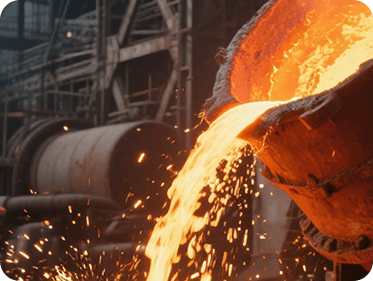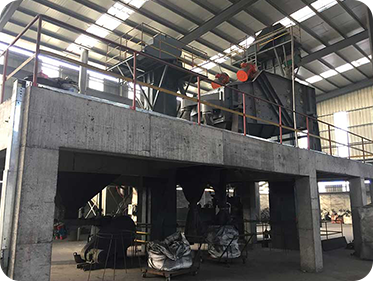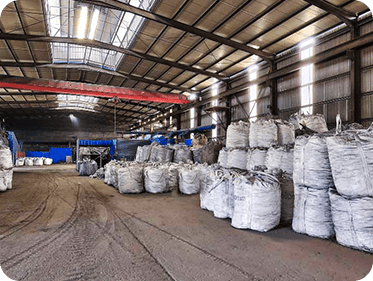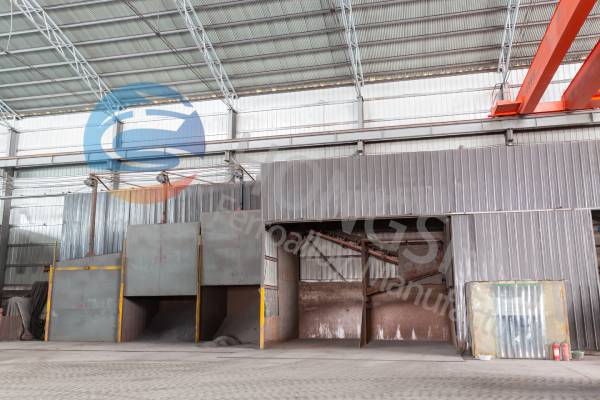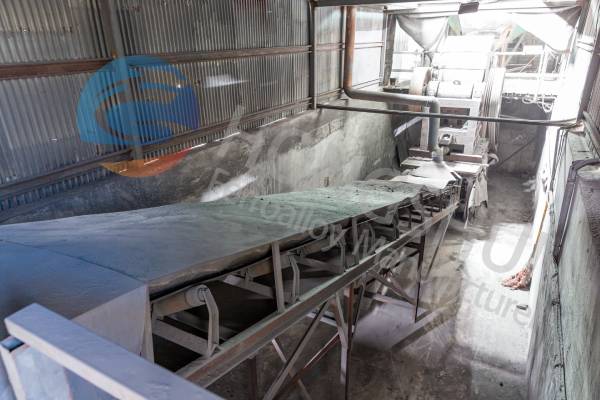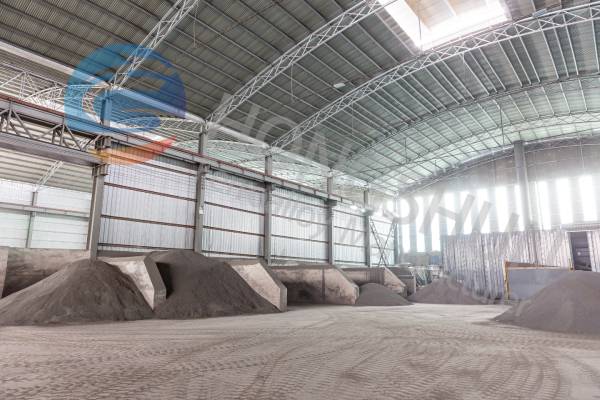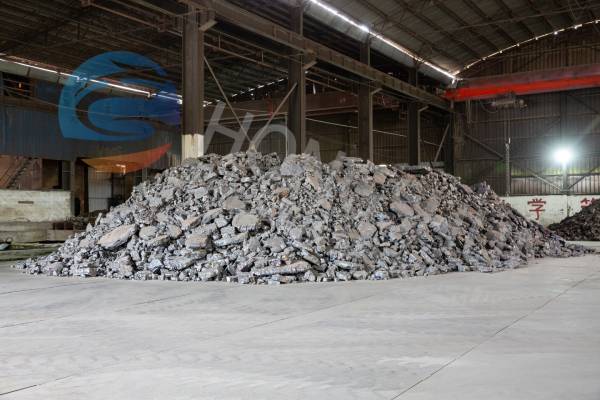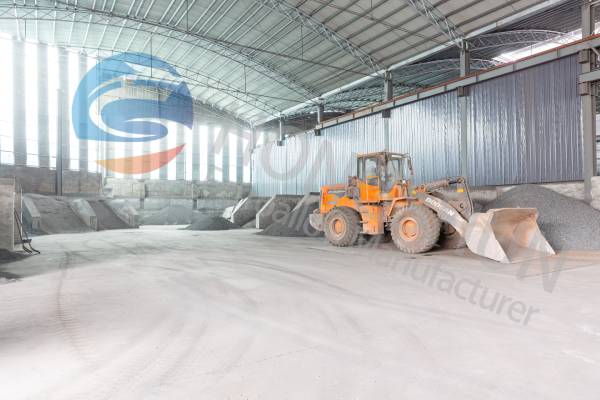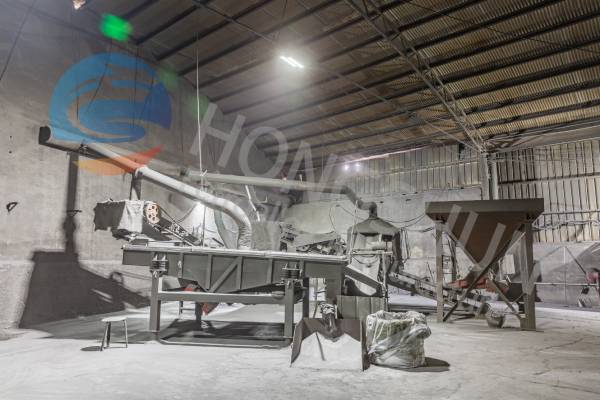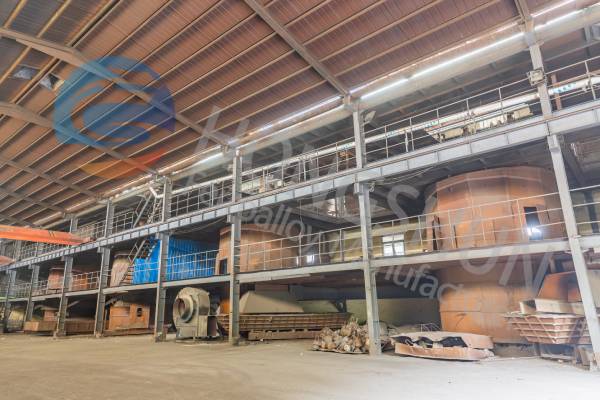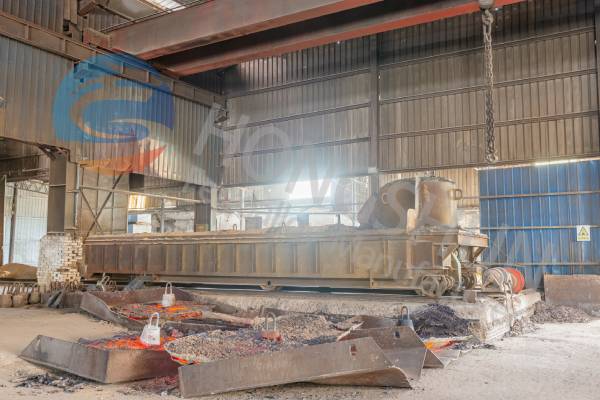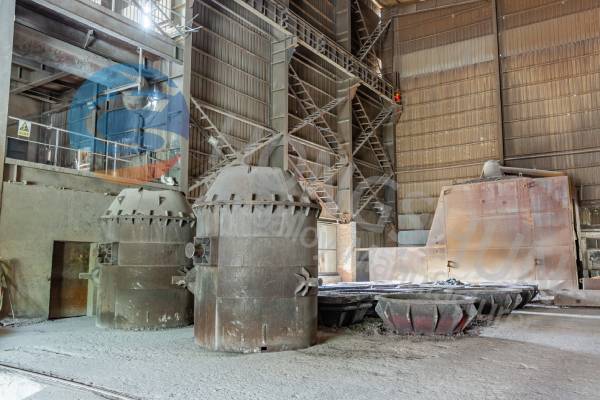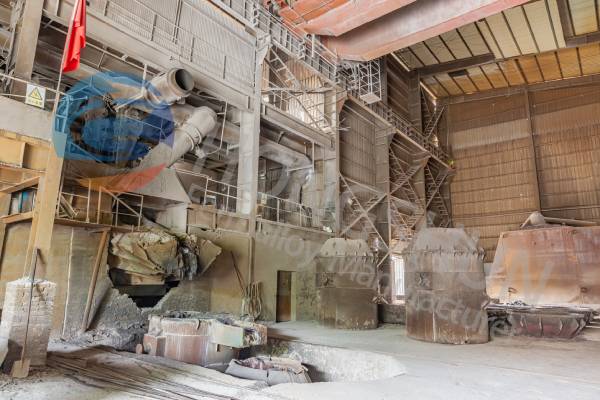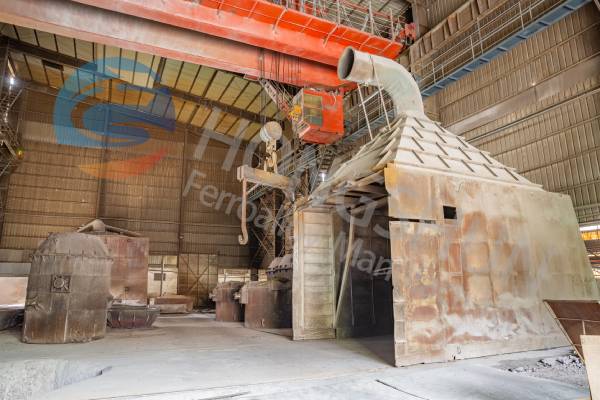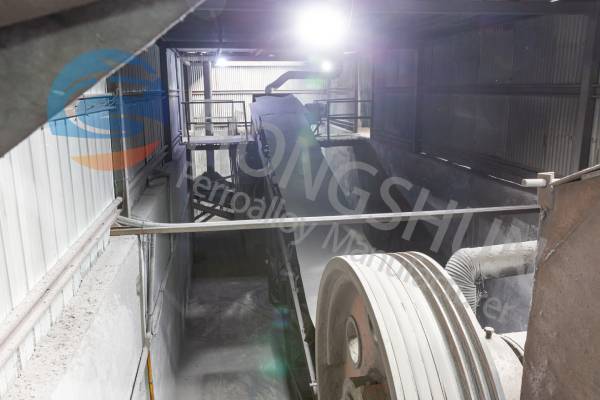Ferromolybdenum (FeMo) is a metal alloy primarily composed of molybdenum and iron. It is a metallurgical material known for its high hardness, strength, and excellent corrosion resistance. Also referred to as ferro molybdenum alloy, FeMo is commonly available in specifications such as FeMo 60% and FeMo 70%. It is mainly used as a deoxidizer in steelmaking and plays a vital role in enhancing the strength and durability of steel.
What Does Ferromolybdenum Lump Look Like?
Color: Typically silvery-white; however, the surface oxidizes easily, often showing blue, purple, yellow, or other hues.
Gloss: The cross-section of the material usually appears dull.
Shape: Delivered in lumps or blocks, with sizes ranging from 10mm to 150mm.
Ferromolybdenum Physical Properties
Density: Ferromolybdenum has a density of approximately 8.2 g/cm³.
Melting Point: Its melting point is around 2620°C, making it highly heat-resistant.
Magnetism: It exhibits a weak magnetic response and possesses a certain degree of anti-magnetic properties.
Electrical Conductivity: Ferromolybdenum is an excellent conductor of electricity and heat, demonstrating superior electrical and thermal conductivity.
Chemical Properties of Ferromolybdenum
Corrosion Resistance: It offers strong resistance to chemical corrosion, effectively withstanding attacks from acids and alkalis.
Oxidation: Ferromolybdenum is prone to oxidation at high temperatures, undergoing oxidation reactions when exposed to temperatures above 1000°C.
Ferro Molybdenum Chemical Composition
| Brand | Chemical Compositions | |||||||
| Mo | Si | S | P | C | Cu | Sb | Sn | |
| Min% | Max % | |||||||
| FeMo 70 | 65.0~75.0 | 1.5 | 0.1 | 0.05 | 0.1 | 0.5 | 一 | |
| FeMo60-A | 55.0~65.0 | 1 | 0.1 | 0.04 | 0.1 | 0.5 | 0.04 | 0.04 |
| FeMo60-B | 55.0~65.0 | 1.5 | 0.1 | 0.05 | 0.1 | 0.5 | 0.05 | 0.06 |
| FeMo60-C | 55.0~65.0 | 2 | 0.15 | 0.05 | 0.2 | 1 | 0.08 | 0.08 |
| FeMo60 | >=60.0 | 2 | 0.1 | 0.05 | 0.15 | 0.05 | 0.04 | 0.04 |
| FeMo55-A | >=55.0 | 1 | 0.1 | 0.08 | 0.2 | 0.5 | 0.05 | 0.06 |
| FeMo55-B | >=55.0 | 1.5 | 0.15 | 0.1 | 0.25 | 1 | 0.08 | 0.08 |
FeMo lumps or powder can also be processed according to the customer's requirements for granularity.
Applications of Ferromolybdenum
1. Stainless Steel and Acid-Resistant Steel Production
Ferromolybdenum plays a crucial role in the manufacturing of stainless steel and acid-resistant steel. Typically, stainless steel contains 2% to 4% molybdenum, which significantly enhances its corrosion resistance and durability.
2. High-Temperature Pressure Vessel Manufacturing
Adding ferromolybdenum in the production of high-temperature pressure vessels improves the steel’s strength and corrosion resistance at elevated temperatures. It also enhances the toughness and plasticity of the material, ensuring better performance under extreme conditions.
3. Oil Drilling Industry
Steel alloys containing ferromolybdenum are widely used in mining tools for oil drilling. The molybdenum content provides excellent strength and wear resistance, making these tools more suitable and durable in harsh drilling environments.
Why Choose Ferromolybdenum from Hongshun?
1. Stable Quality
Hongshun guarantees consistent ferromolybdenum with uniform molybdenum content and low impurities, backed by SGS reports.
2. Wide Specifications
We offer FeMo with 60%-70% molybdenum in block, granular, and powder forms, customizable by particle size.
3. Competitive Prices
Located near major molybdenum suppliers in Henan, we provide cost-effective pricing.
4. Reliable Service
With 17+ years of experience and exports to multiple countries, Hongshun ensures professional support and timely delivery.


